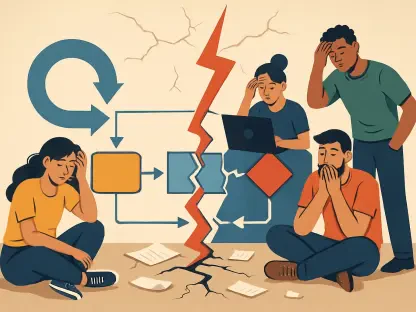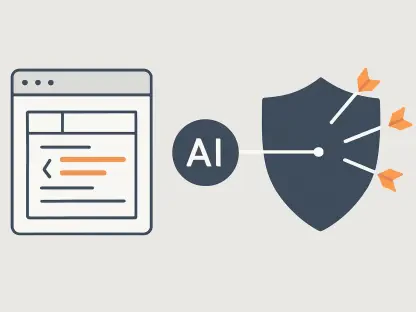Gaming has become an industry that makes billions.
According to Newzoo’s Global Games Market Report, the video game industry has reached a global market value of $139 billion and is already far bigger than the Film and Music industries put together.
And, like all the other industries, it has to keep evolving. Few areas are better suited to show off the capabilities of AI: this is where Artificial Intelligence (AI) can thrive.
Take the recent victory of DeepMind’s artificial intelligence over professional gamers in StarCraft II as an example. In this case, the computer’s ability to be intuitive means that the computer is able to act unconsciously, non-rationally, and quickly, surpassing ordinary processing to deeply understand the situation at hand. Given that Starcraft has a nearly infinite number of moves, DeepMind’s successes show that the AI is aware of its environment and of other players.
This intuition goes beyond the gaming environment and will be something that people will eventually interact with on a daily basis at their jobs. The AI improves through imitation learning, observing the game and then playing against different versions of itself, each time learning from the best player. It’s much the same as humans learn, except that the AI learns much faster.
AI researchers are also largely using games as a way to benchmark the intelligence level of a piece of software. Virtual worlds are a particularly useful environment to train software in. The hope is that by teaching this software to play games, human researchers can understand how to train machines to perform more complicated tasks in the future.
Most people picture this concept like The Mind Game from Orson Scott Card’s sci-fi classic, Ender’s Game: a military-grade simulation anchored by advanced AI, designed primarily to gauge the psychological state of young recruits. Moreover, it often presents its players with impossible situations to test their mental fortitude in the face of inescapable defeat. Yet the game is also endlessly procedural, generating environments and situations on the fly, and it responds to the emotional and psychological state of its players, adapting and evolving over time.
Putting aside the fact that this software ultimately develops sentience, what do developers still require to reach this hypothetical fusion of AI and simulated reality?
In order for technology to advance, people require incentives. In the massive industry of video gaming, anything that can lead to improved sales and more players will be funded. Artificial intelligence provides an opportunity for game developers to create unique experiences for players—because AI can learn and this makes a game highly marketable and more likely to be bought, netting profits for companies.
The infrastructure behind the video game industry is increasingly leading to new enterprise technology, like Nvidia—a big driver behind this intersection of video games and the enterprise. Nvidia and its graphics processors and subsequent ecosystem of developers focused on artificial intelligence. While Nvidia is the most upfront about its plans and the intersection of gaming and business, there are signs that other technology vendors are seeing the crossover, too.
But the advances in AI won’t remain solely within games.
Tech progress always spills outside of specific domains: doctors use virtual reality headsets to educate medical students, expert designers help game companies provide tools so that people with disabilities can enjoy their products, and so on.
We can’t know what the future holds—but at least we can make predictions.









